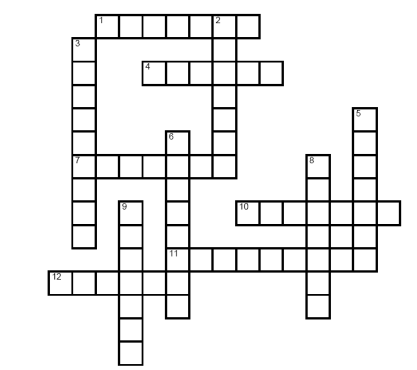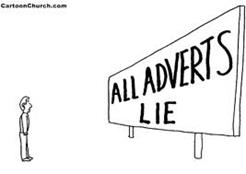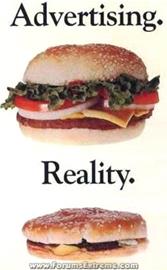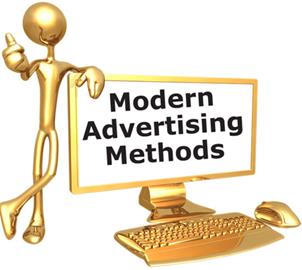I. Translate the words in italics. Use them in the sentences of your own
II. Make 2 questions on the text. Ask your partner to answer them.
III. Choose one of the advertising techniques from the text. Prove your partner it’s the best way to advertise goods.
Lexical exercises
I. Fill the gaps with the appropriate words:
| regulate confirm produced consume share publicity sponsor compete packaged advertisement advertise |
1. You should always ________ information you give over the phone.
2. Governments in the UK and the United States _________cigarette advertising.
3. The________ of our product appears on all major search engines today.
4. We need to get ________ as much as possible for our company, so that people will know about us.
5. Many large sport companies like Nike and Puma ________ sports events.
6. Our ________ of the market is only two per cent.
7. Small companies find it difficult to ________ against large multinationals.
8. The biscuits are ________ by machines.
9. Women ________ more chocolate on average than men.
10. Retailers often ________ a new product by putting it in the most eye-catching places.
11. Chocolate is ________ from cocoa bean.
II. Solve the puzzle

Fill in the puzzle with the verb forms of the nouns below
| Across | Down |
| 1. production (7) ____________________ 4. launch (6)________________________ 7. competition (7) ___________________ 10. sponsorship (7) __________________ 11. advertisement (9) ________________ 12. marketing (6) ___________________ | 2. consumption (7) _________________ 3. publicity (9) ____________________ 5. promotion (7) ___________________ 6. regulation (8) ___________________ 9. confirmation (7) _________________ 9. packaging (7) ___________________ |
Lesson 3. Advertising Tips
Warm up
 Discuss what you think was wrong with the following advertising campaigns.
Discuss what you think was wrong with the following advertising campaigns.
a. A hair products company advertised new styling tongs with the name ‘Mist’. They sold well all over the world but were not a success in Germany. Why not?
b. An electronics company produced a new vacuum cleaner and advertised it with the slogan, ‘Nothing sucks like (name of product)’. The vacuum sold well in English-speaking countries but not in America. Why not?
C. A company selling nappies worldwide used the image of a stork delivering disposable nappies to expectant parents. The advert was a success in Europe and America but a failure in Japan. Why?
Reading
I. Read and translate the text. Discuss it with your partner.
Advertising Tips
 Loaded words: words with strong associations such as home, family, dishonest and wasteful.
Loaded words: words with strong associations such as home, family, dishonest and wasteful.
Buzzwords: words that are popular and vague like “pure and natural.”
Transference: associating a symbol with a product such as the Golden Arches and McDonalds.
Name Calling: comparing one product to another and saying it is weaker or inferior in quality or taste.
Glittering Generality: using words that glitter or sparkle such as “The candy bar tastes better, looks better and is less expensive.” Car companies do this a lot when comparing their vehicles to another company’s cars.
Testimonial:someone famous that people like and respect speaks for the product.
Bandwagon: the advertiser tries to make you feel like everyone else has the product and if you don’t have it too, you’ll be left out.
Repetition: they repeat an idea enough so that you think it must be true.
Flattery: they make you feel good for having the good sense to buy the product
Plain Folks: they say people “just like you” buy it

Authority: someone with authority tells you about the product
Snob Appeal: using this product means you’re using the “best” product
Hidden Fears: they scare you into buying the product
Facts and Figures: saying things such as 9 out of 10 people prefer…
Free and Bargain: using these words to attract you to buy the product
Urgency: making you feel like you need the product right away
